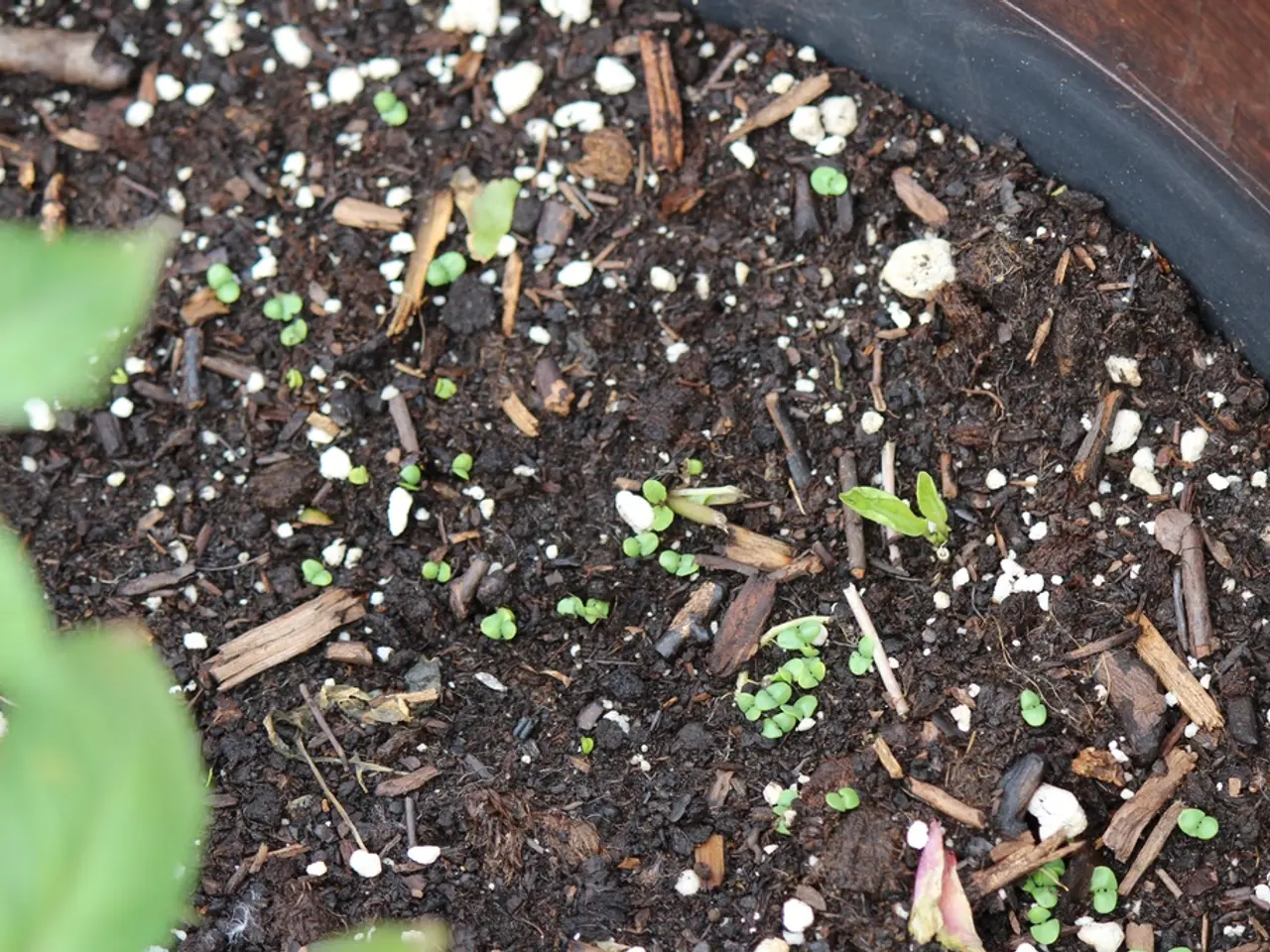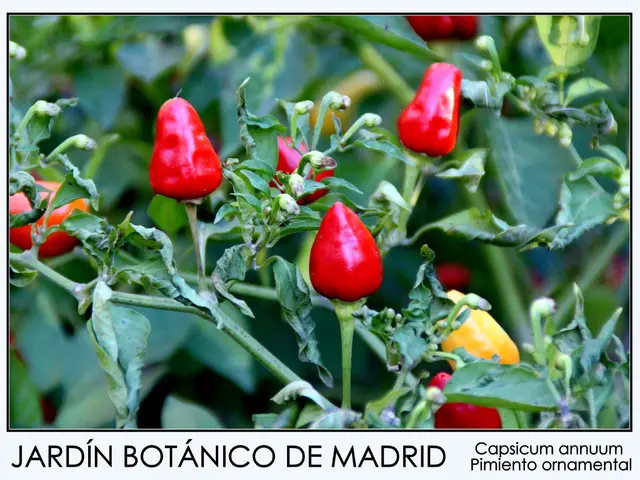Soil Enhancement: Could Increased Porosity Lead to Robust Plant Growth?
Soil porosity, the void spaces within the soil, plays a crucial role in determining the health and growth of plants. This article delves into the factors that influence soil porosity and its impact on plant growth.
Factors Affecting Soil Porosity
Soil porosity is primarily influenced by factors such as soil texture (proportions of sand, silt, and clay), soil structure and aggregate stability, organic matter content, compaction and tillage practices, and soil moisture conditions.
Soils with higher sand content tend to have larger pores and higher macroporosity but lower total porosity, leading to quicker drainage. Conversely, clayey soils have smaller pores, higher microporosity, and greater water retention capacity but lower aeration.
Well-aggregated soils with stable clusters of particles create more continuous pore networks, enhancing water infiltration, retention, and root penetration. Organic matter improves soil structure by binding particles into aggregates, enhancing porosity and water-holding capacity, thus supporting better root growth and microbial activity.
Compaction reduces pore space by pressing soil particles together, decreasing aeration and water infiltration, which negatively affects root development and microbial health. Proper tillage can increase porosity temporarily but may degrade structure if done excessively. Soil moisture conditions also have an impact, influencing the interactions among soil particles and affecting aggregation and swelling/shrinking behaviors.
Impact on Plant Growth
Porosity controls the balance between water retention and drainage, ensuring that soils retain adequate moisture for plant uptake while preventing waterlogging. Adequate air-filled porosity is crucial for oxygen supply to roots, necessary for respiration and nutrient uptake. Low porosity limits oxygen, causing root stress or death.
Sufficient pore space enables roots to grow extensively, accessing water and nutrients effectively. Compacted soils with low porosity restrict root growth. Porous soils facilitate movement and storage of nutrients, promoting healthy microbial communities that enhance nutrient availability.
Soil Management and Plant Growth
Soil management practices, such as no-tillage technology and straw retention, can influence pore size distribution and improve soil fertility and plant growth. Worms, such as earthworms, play a key role in improving soil porosity by mixing soil layers and binding soil with organic matter.
In summary, soil porosity, shaped by texture, structure, organic matter, compaction, and chemical factors, strongly governs water and air dynamics in soil, directly influencing root growth and overall plant health. Understanding these factors and implementing appropriate soil management practices can lead to healthier plants and more productive soil.
[1] Doran, J. W., & Parkin, T. B. (1994). Soil quality: a review of its definition and assessment. Soil Science Society of America Journal, 58(3), 703-708. [2] Lal, R. (2006). Soil carbon sequestration impacts on global climate change and food security. Science, 314(5802), 1513-1516. [4] Six, J., & de Willich, H. (2004). Soil structure and land degradation. Annual Review of Earth and Planetary Sciences, 32, 265-303.
In the context of health and wellness, science reveals that soil porosity, governed by factors such as soil texture, organic matter, and compaction, significantly influences plant growth and fitness-and-exercise by promoting water and nutrient uptake, oxygen supply, and microbial health. Interestingly, nutrition also plays a role since adequate soil nutrient availability relies on soil porosity. Effective soil management practices can enhance soil porosity and overall plant health, contributing to the health-and-wellness realm by fostering a sustainable food source.





